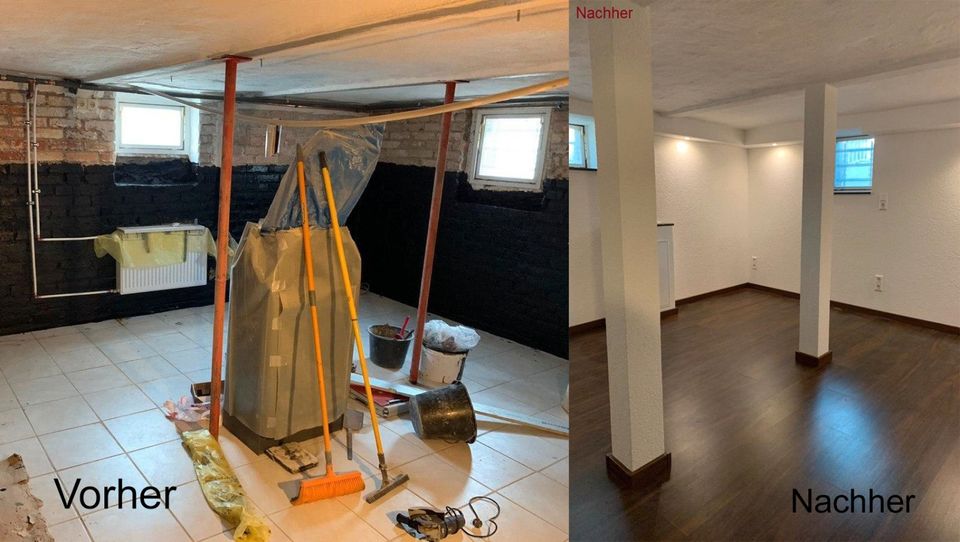Painting, a form of visual expression dating back to ancient times, has transcended epochs and cultures, leaving an indelible mark on the canvas of human creativity. From the cave paintings of prehistoric times to the intricate masterpieces of the Renaissance, Haushaltsauflösung Entrümpelung Strausberg has been a vehicle for emotion, storytelling, and cultural reflection. In this article, we explore the profound impact of painting as an art form, examining its evolution, techniques, and enduring significance.
The Evolution of Painting:
Painting, as an artistic practice, has evolved significantly over the centuries. Early civilizations used natural pigments and rudimentary tools to depict scenes of daily life, rituals, and spiritual beliefs on cave walls. As societies advanced, so did the sophistication of painting techniques. The ancient Egyptians employed pigments mixed with egg tempura, while the Greeks and Romans experimented with encaustic painting, using heated beeswax and pigments.
The Middle Ages witnessed the rise of illuminated manuscripts and religious frescoes, with artists such as Giotto and Fra Angelico infusing emotion and narrative into their works. The Renaissance marked a pivotal moment in the history of painting, with artists like Leonardo da Vinci, Michelangelo, and Raphael achieving unparalleled technical mastery and creating masterpieces that continue to captivate audiences today.
Techniques and Styles:
The diversity of painting techniques and styles is a testament to the versatility of this art form. From the fluid brushstrokes of watercolor to the rich textures of oil painting, each medium offers a unique set of challenges and opportunities for artistic expression.
